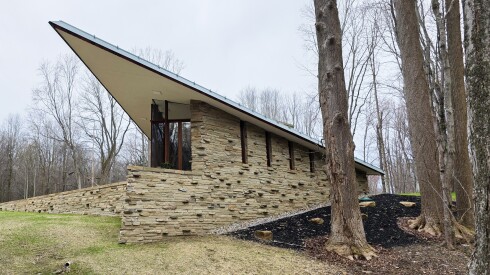On the principal Orkney island, some 30 miles from the north coast of mainland Scotland, sits the best-preserved Neolithic settlement in Western Europe. From 3000 to 2400 B.C.E.—long before Stonehenge or even the Egyptian pyramids—Skara Brae was a thriving village, full of farmers, hunters, and fishermen. It was rediscovered in 1850 after a particularly strong storm and now serves as a fascinating tourist attraction, complete with nine surviving Neolithic houses. Outfitted with stone furniture made 5,000 years ago, the dwellings are linked by low corridors, roofed with what are believed to be original slabs of boulder. When you’re done exploring the village, head to the visitor center to view additional artifacts like gaming dice, tools, and jewelry.
More Recommendations
Skara Brae
On the principal Orkney island, some 30 miles from the north coast of mainland Scotland, sits the best-preserved Neolithic settlement in Western Europe. From 3000 to 2400 B.C.E.—long before Stonehenge or even the Egyptian pyramids—Skara Brae was a thriving village, full of farmers, hunters, and fishermen. It was rediscovered in 1850 after a particularly strong storm and now serves as a fascinating tourist attraction, complete with nine surviving Neolithic houses. Outfitted with stone furniture made 5,000 years ago, the dwellings are linked by low corridors, roofed with what are believed to be original slabs of boulder. When you’re done exploring the village, head to the visitor center to view additional artifacts like gaming dice, tools, and jewelry.
Skara Brae Prehistoric Village
Skara Brae might trump all of Orkney’s other Neolithic sites (which are grouped under one UNESCO World Heritage Site). Here you have a settlement that offers hints of how people lived five millennia ago. Stone hallways connect now roofless apartments complete with beds, dressers and everyday artifacts—all made of stone. It was marvelously preserved because until a storm in 1850 washed away the layer of sand that had long covered it, no one knew it existed. Whether the 50 or so people who lived at Skara Brae were responsible for the Maeshowe burial chamber or the nearby standing stones remains a mystery.






